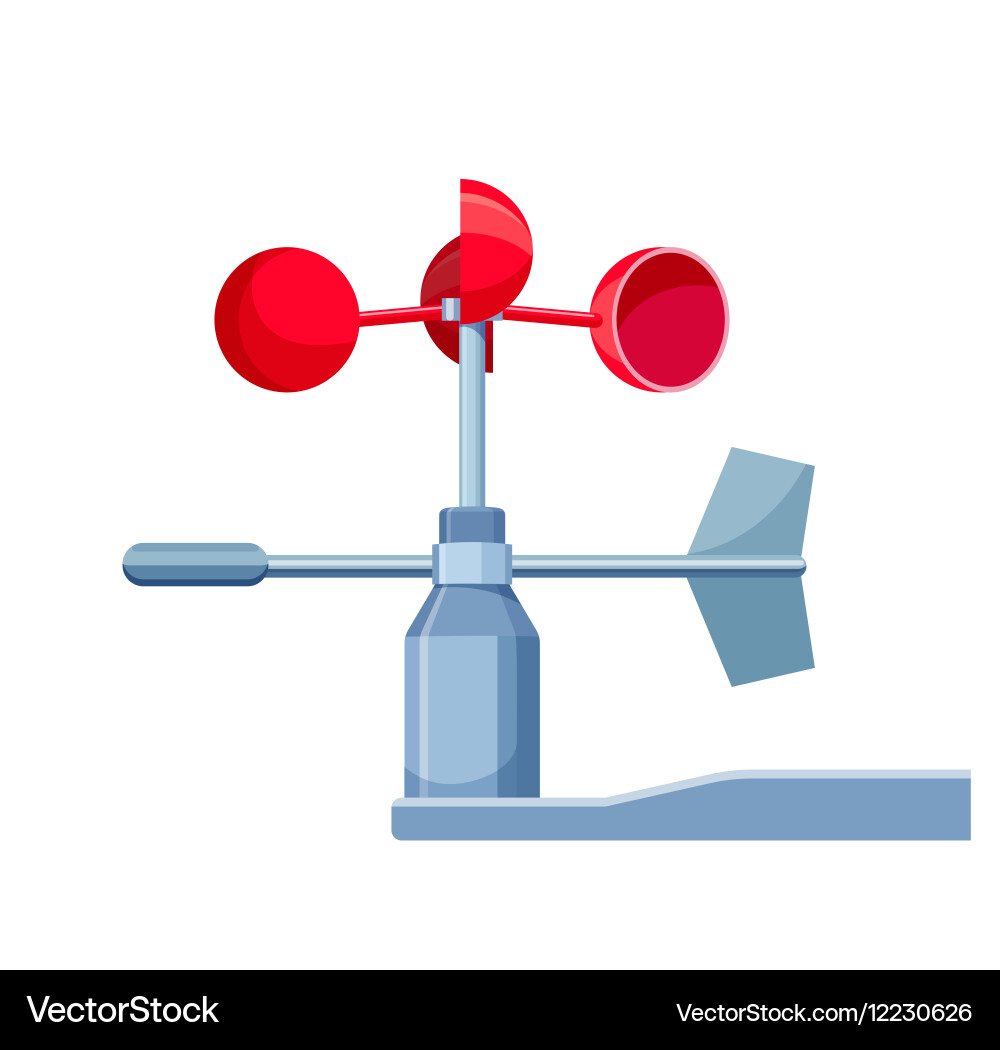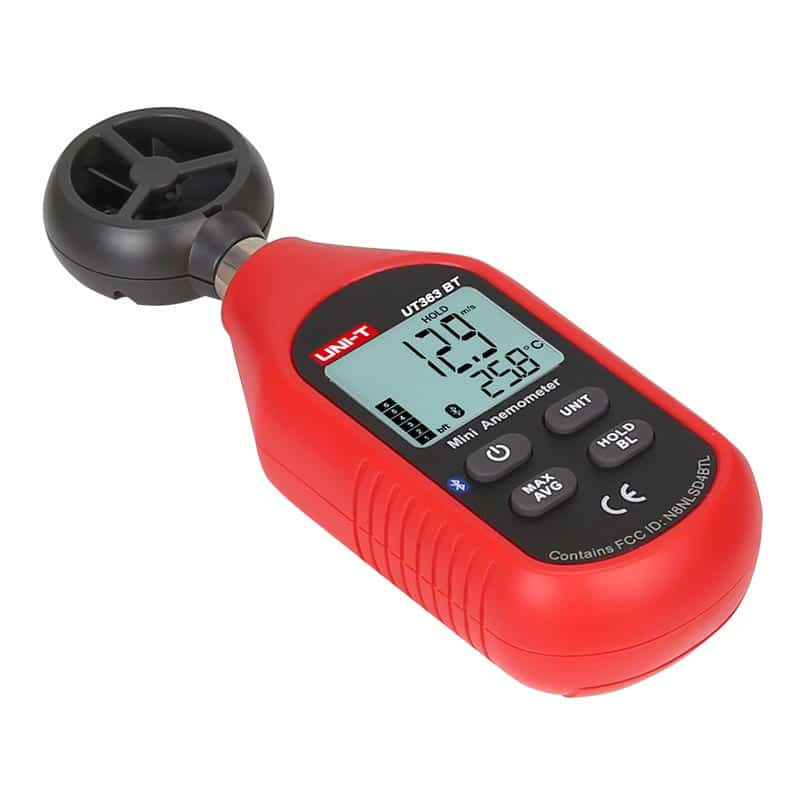All You Required to Know Regarding Anemometers: Just How They Function, Why They Matter, and Where to Use Them
Anemometers, however often ignored in the realm of clinical tools, play an important function in numerous areas, providing useful insights right into wind rate and air flow patterns. As we delve right into the complexities of anemometer technology, we will certainly uncover the internal workings of these tools, their significance, and the vital factors to consider when choosing the best anemometer for details applications.

Anemometer Essentials
An important tool made use of to measure wind rate and instructions, the anemometer plays a critical duty in weather forecasting and various industries. An anemometer typically is composed of three or four cups that revolve in the wind, a vane that directs into the wind, and sensors to track the motions or rotations.
There are different kinds of anemometers available, including cup anemometers, vane anemometers, hot-wire anemometers, and sonic anemometers, each with its one-of-a-kind functions and applications. Mug anemometers are typically utilized for standard wind speed dimensions, while vane anemometers are preferred for directional measurements.
Concepts of Anemometer Procedure
Structure on the foundational understanding of anemometer fundamentals, the concepts of anemometer procedure illuminate the mechanics behind wind speed and direction measurements. Anemometers operate on the principle of air flow affecting a sensing unit, creating it to turn. Cup anemometers, for circumstances, have 3 or even more cups that capture the wind, causing them to spin faster as the wind speed boosts. The rotation speed is after that converted into a wind rate dimension. Vane anemometers, on the other hand, make use of a tail or a probe that straightens itself with the wind instructions, providing a dimension of wind instructions based on the orientation of the sensing unit. Hot-wire anemometers depend on a warmed cable that cools off as wind passes over it, with the rate of cooling identifying the wind rate. Ultrasonic anemometers procedure wind rate and direction by examining the time it takes for ultrasonic signals to take a trip in between transducers. Understanding these concepts is important for precise and reputable wind dimensions in different applications.
Significance of Anemometers
Anemometers play a crucial duty in gauging wind speed and instructions, providing important information for weather forecasting, environment researches, ecological tracking, and air travel procedures. Meteorologists depend on anemometers to gather precise wind data, assisting them comprehend weather patterns, anticipate storms, and issue timely cautions to the public. Wind ranch drivers utilize anemometers to examine wind conditions and take full advantage of power manufacturing from wind generators.
Applications Across Different Industries
Applications of anemometers extend across diverse industries, showcasing their flexibility and utility past meteorology. In the renewable energy market, anemometers play a critical function in evaluating wind conditions for wind ranch placements, ensuring ideal energy manufacturing. Industries like building and mining make use of anemometers to keep track find more information of wind speeds, crucial for safety and security protocols, specifically when operating at heights or in open-pit mines where solid winds can pose threats. Anemometers are also indispensable in the air travel sector, helping pilots in comprehending airspeed and wind instructions for safe take-offs and landings. The maritime sector gain from anemometers for ship navigating, aiding seafarers expect climate changes and change courses as necessary. In farming, anemometers assist farmers in handling plant splashing by supplying real-time information on wind speed to prevent drift. Anemometers locate applications in HVAC systems to optimize airflow and improve energy performance in structures. The varied usage cases of anemometers emphasize their relevance throughout various industries, highlighting their crucial function in improving operational security and performance (anemometer).

Selecting the Right Anemometer for Your Demands
Picking the appropriate anemometer tailored to your certain needs is vital for getting accurate wind speed and direction measurements. When selecting an anemometer, take into consideration factors such as the intended application, required measurement variety, ecological problems, and wanted attributes. For general functions, a mug anemometer appropriates for gauging wind rate, while a vane anemometer gives wind direction data. Hot-wire anemometers are perfect for low airspeed measurements, and ultrasonic anemometers use high precision and durability.

Conclusion
In conclusion, anemometers play a crucial duty in gauging wind more speed and direction throughout numerous markets. It is important to think about the significance of anemometers in order to make educated choices when picking the most suitable tool for measuring wind conditions.
There are different kinds of anemometers readily available, including mug anemometers, vane anemometers, hot-wire anemometers, and sonic anemometers, each with its special attributes and applications. Mug anemometers are commonly used for standard wind rate dimensions, while vane anemometers are favored for directional measurements. Hot-wire anemometers are suitable for reduced airspeeds, and sonic anemometers are suitable for high-precision measurements in research and industrial setups.Building on the foundational understanding of anemometer fundamentals, the concepts of anemometer operation illuminate the auto mechanics behind wind rate and instructions dimensions. For general objectives, a cup anemometer is ideal for determining wind rate, while a vane anemometer gives wind instructions data.